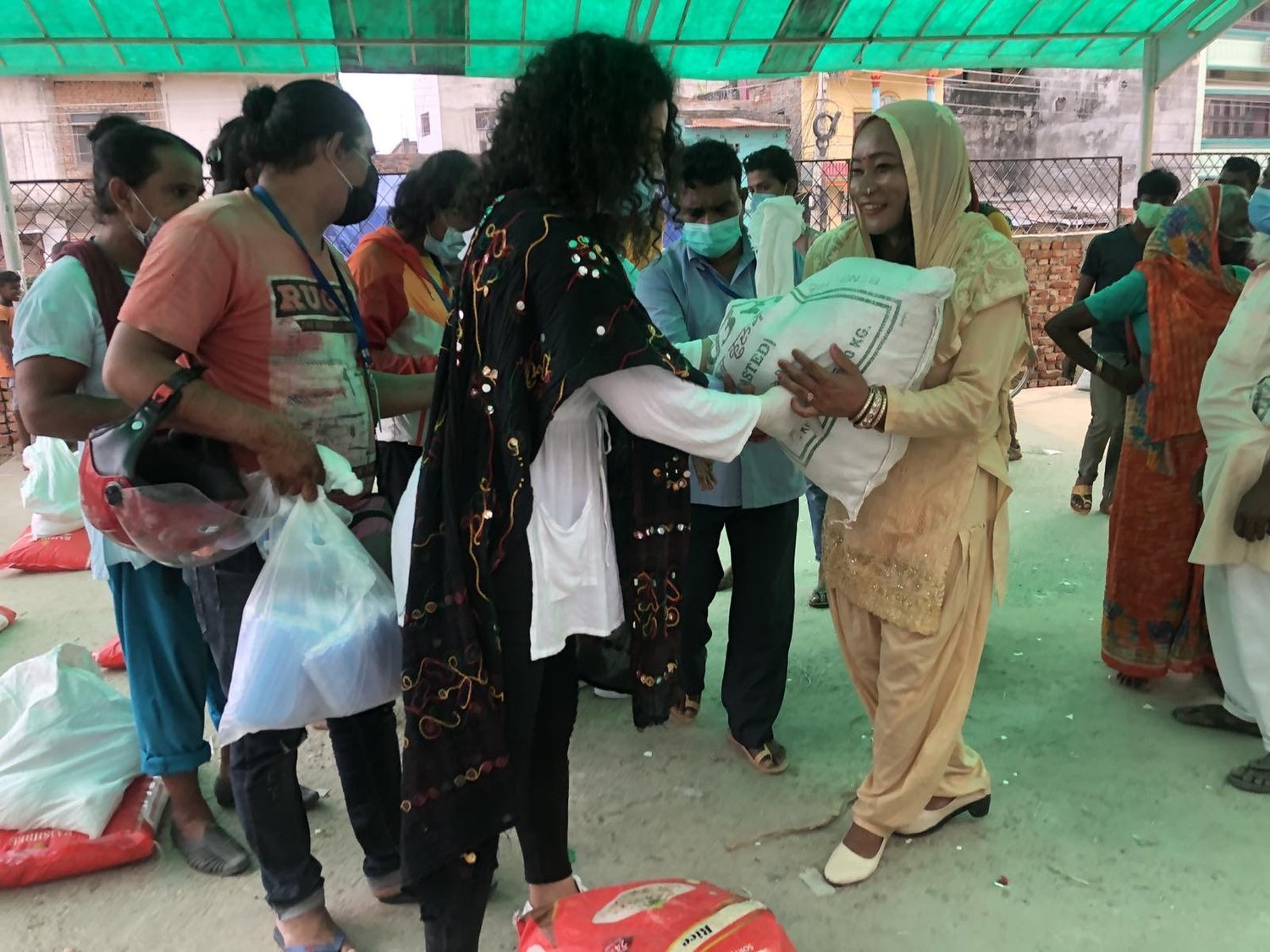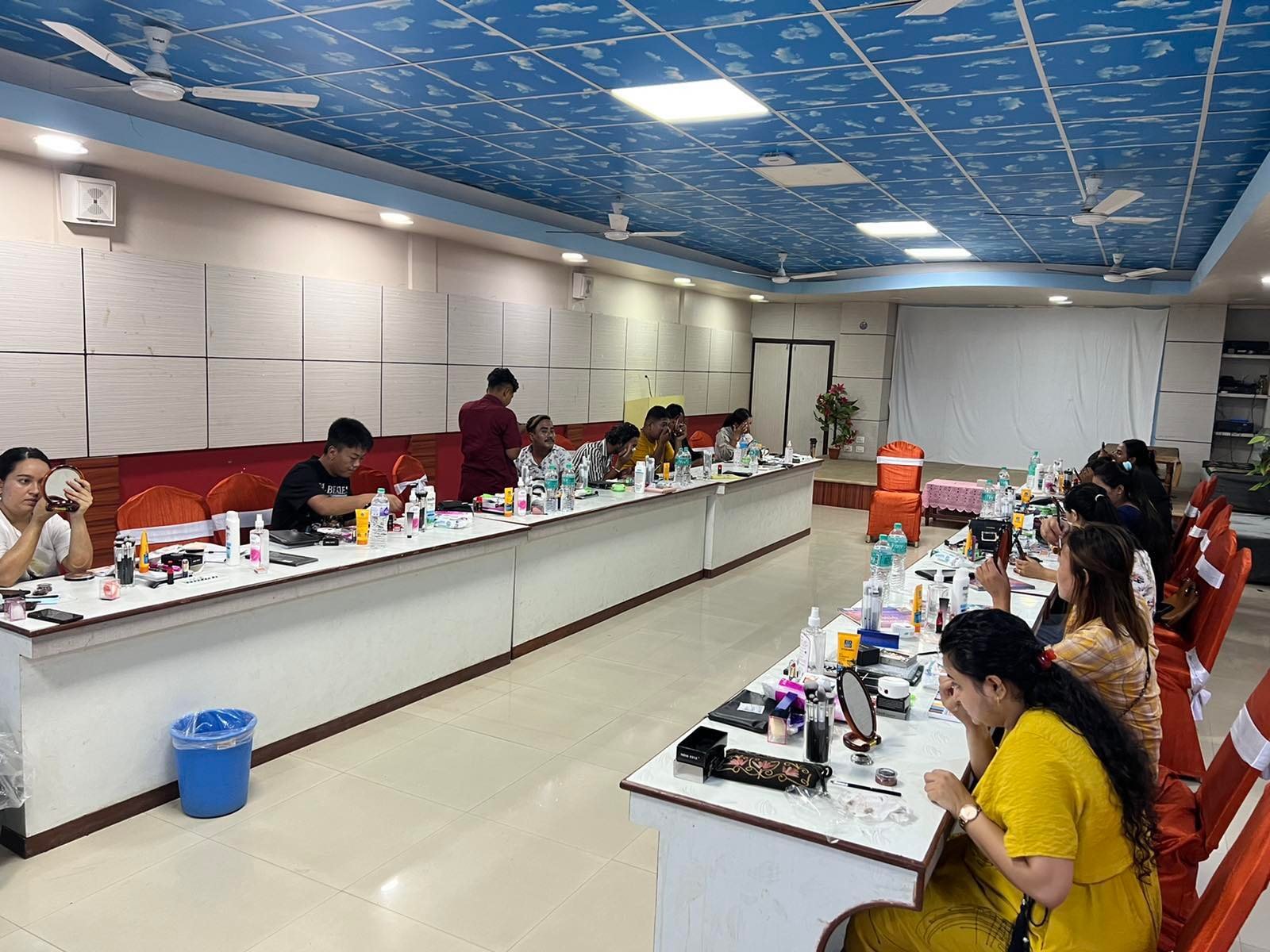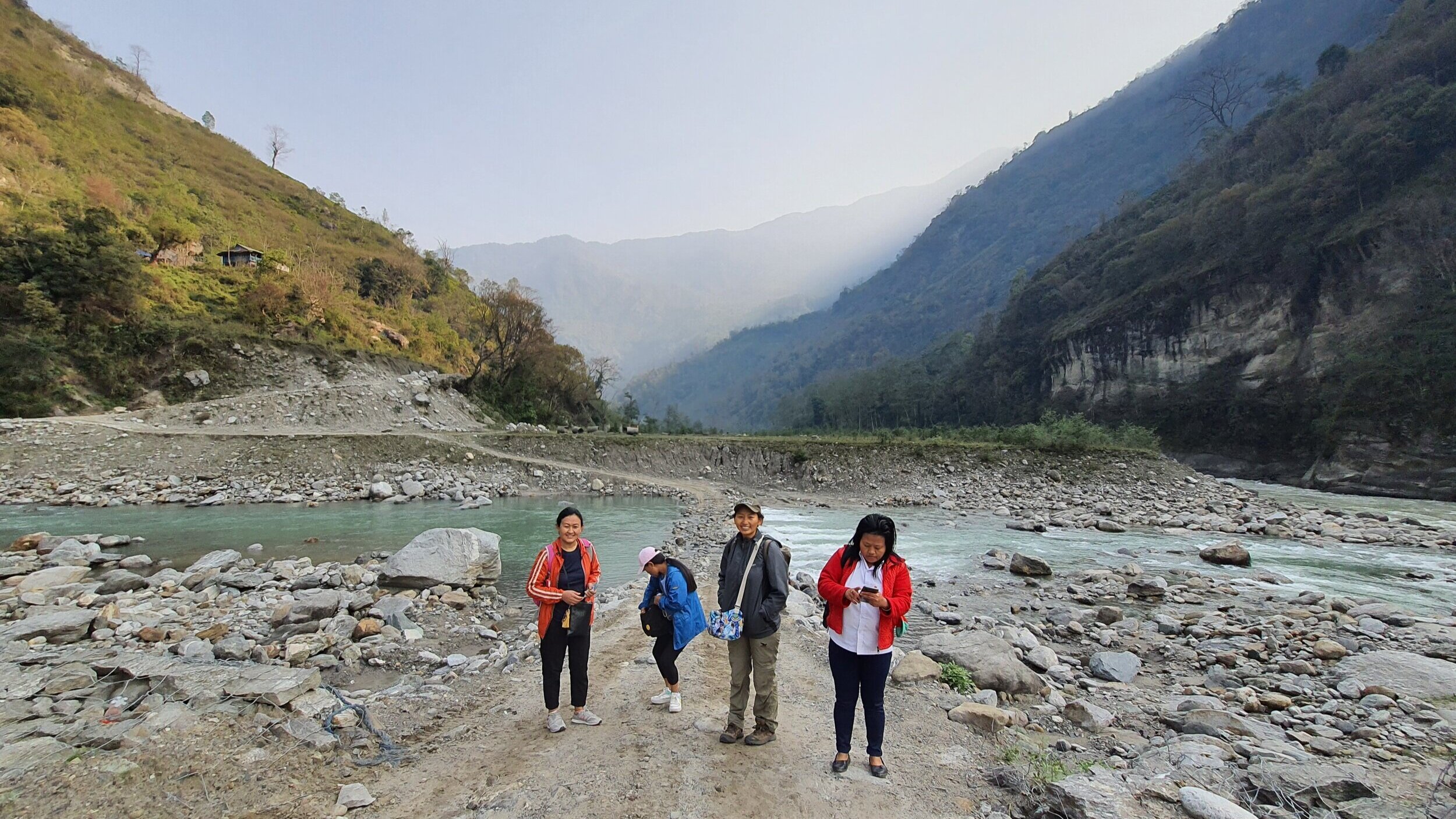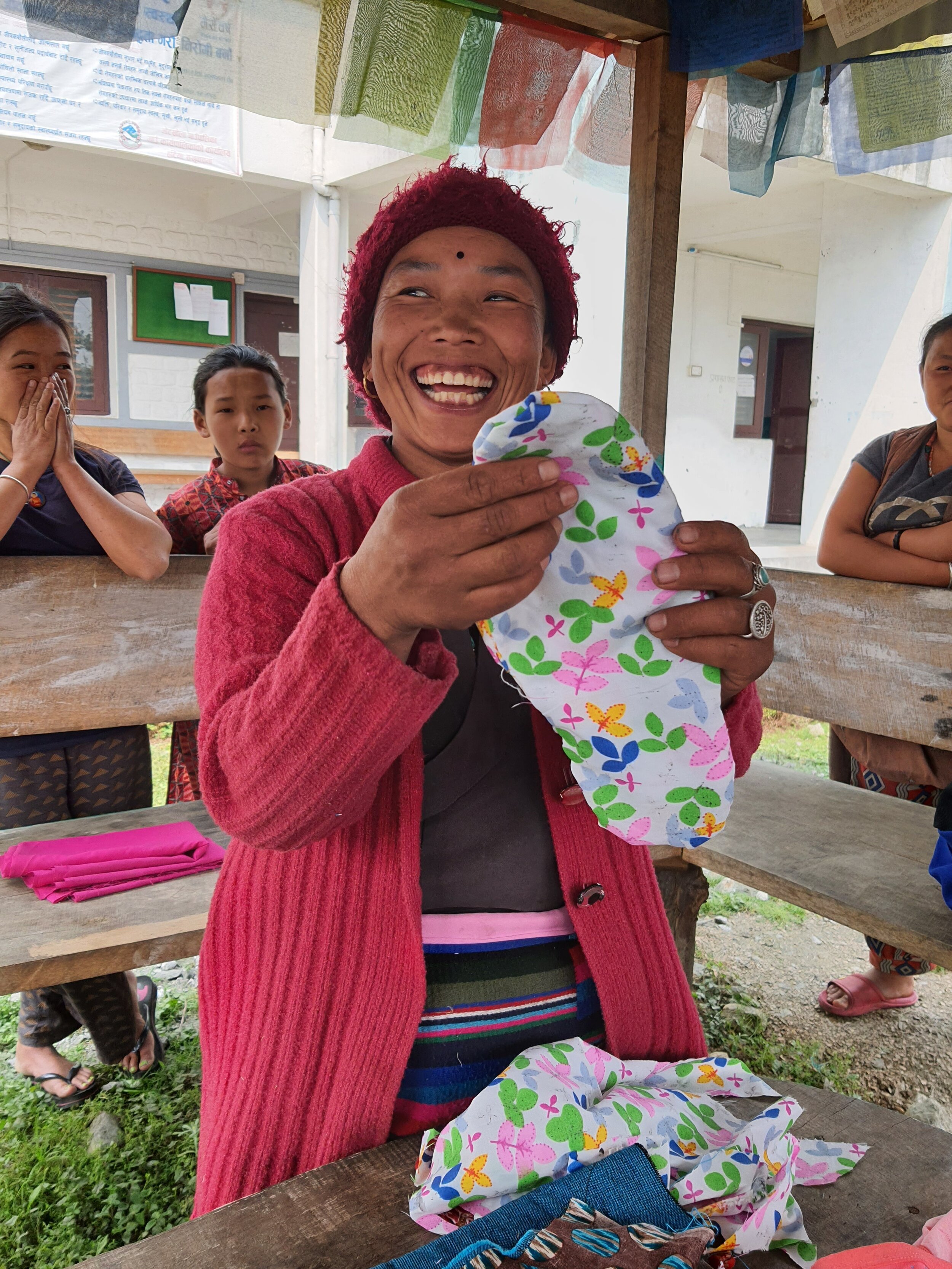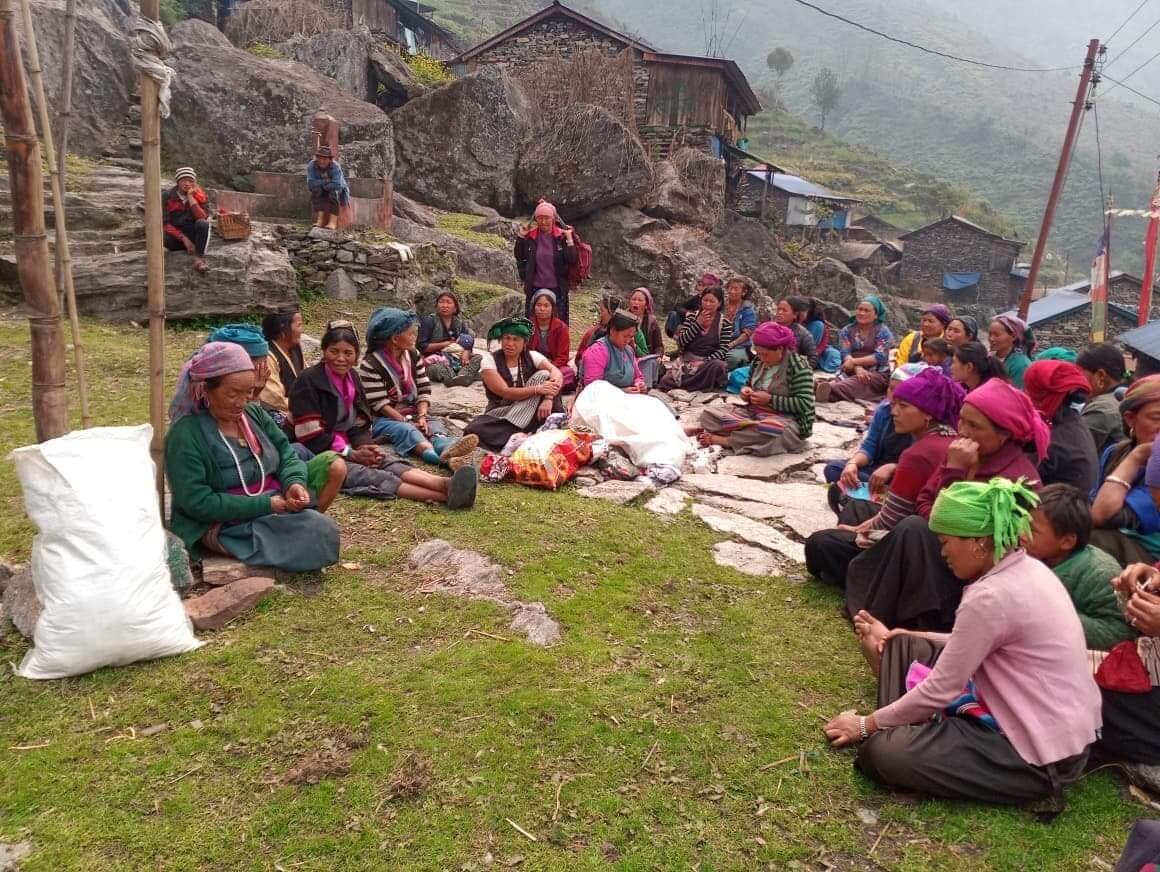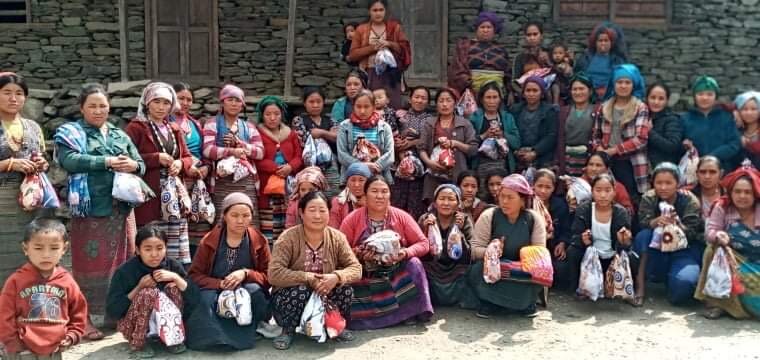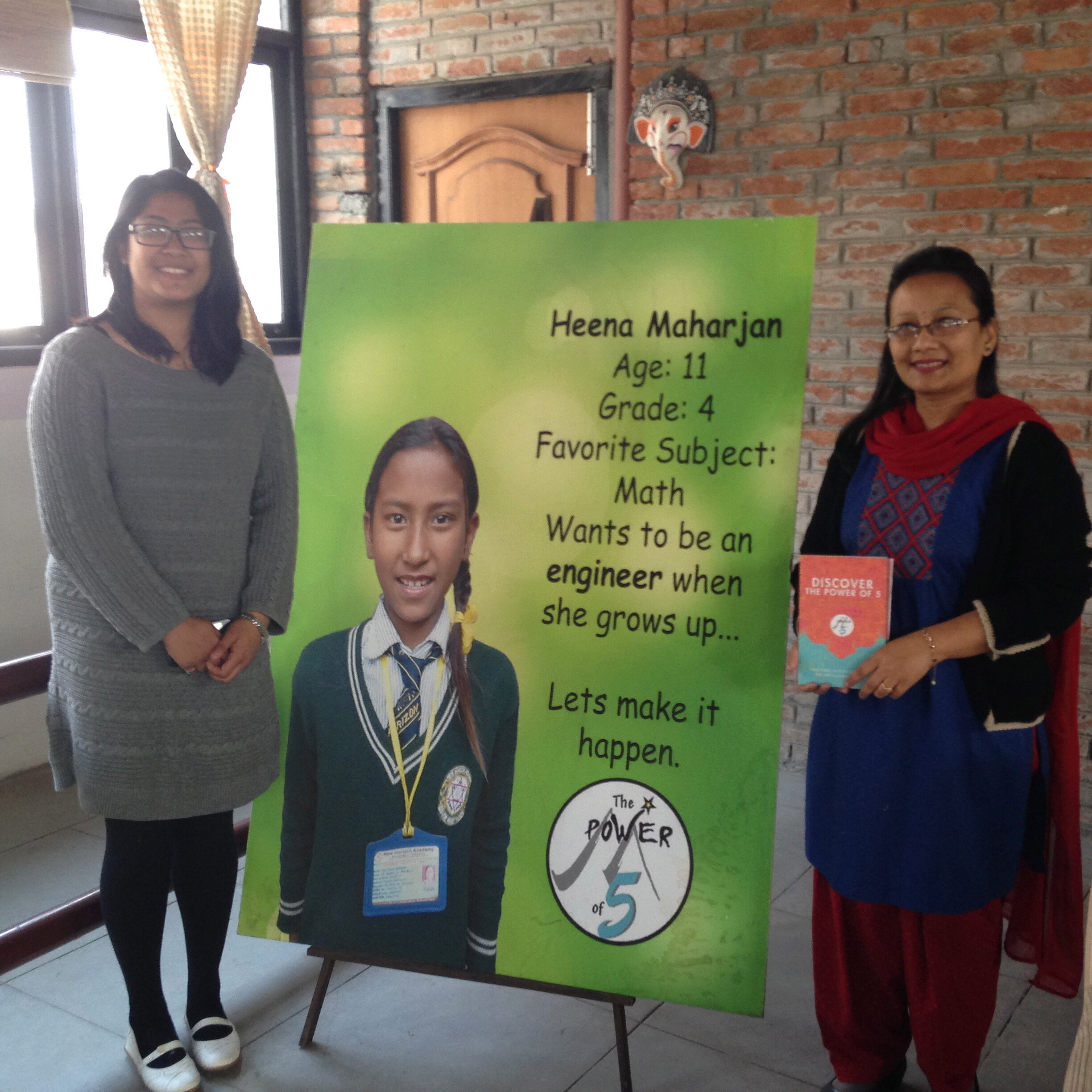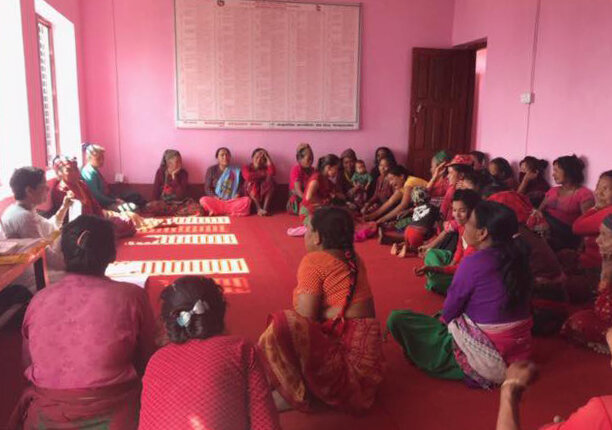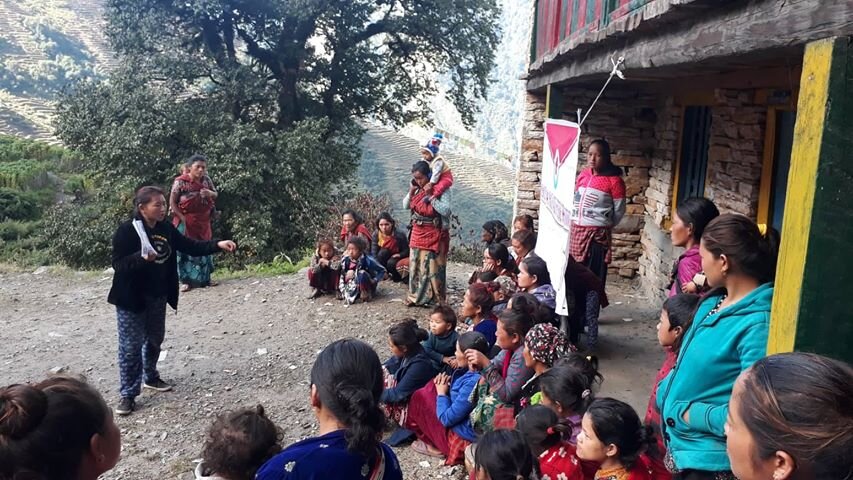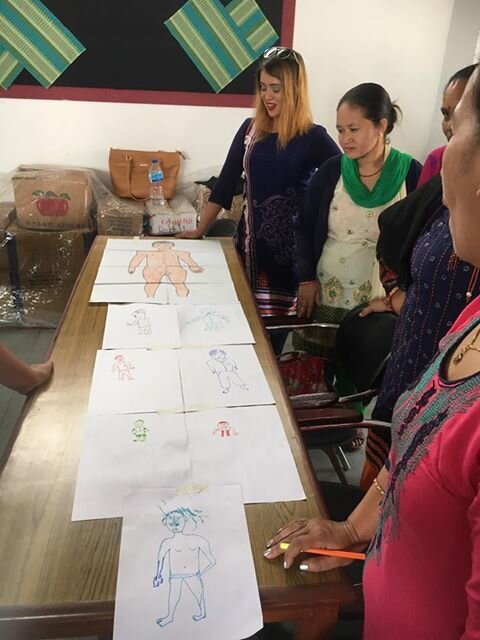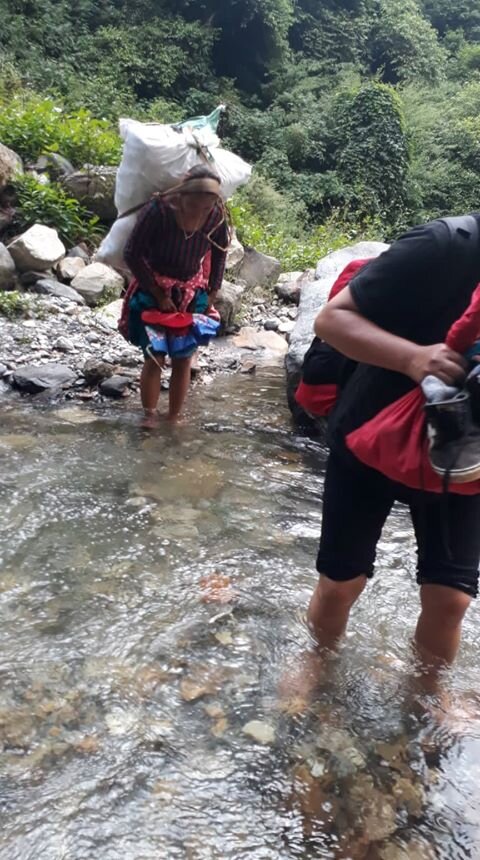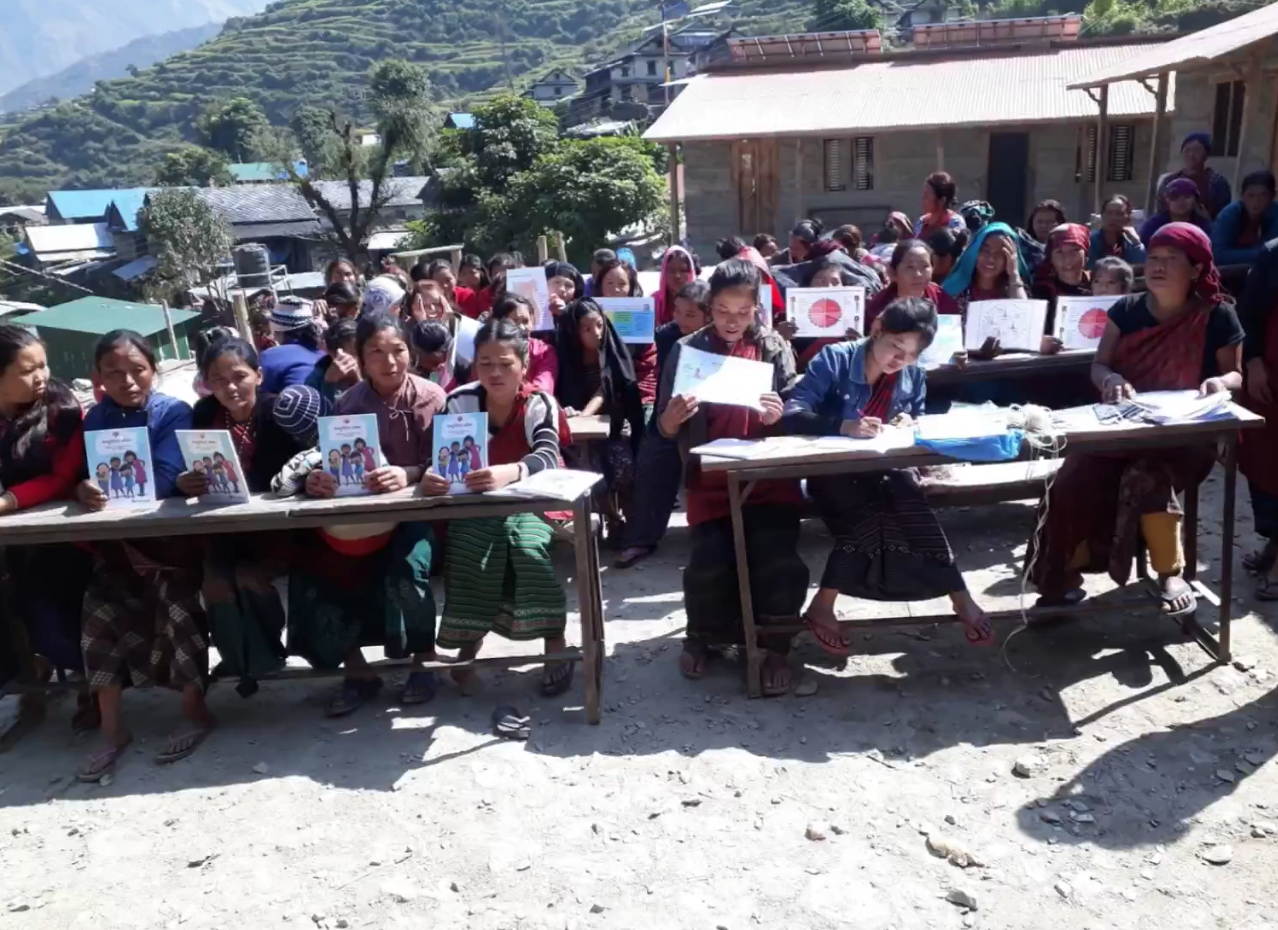Written by Lisa Bower, Board Member
Menstrual health education in Nepal has come a long way in recent years, but reaching the most remote and marginalized communities still requires new, creative approaches. Since 2018, the Conscious Connections Foundation (CCF) has supported dozens of menstrual health and hygiene (MHM) programs across Nepal. These safe spaces for learning have enabled women and girls to speak openly about menstruation, sanitation, and cultural taboos that shape their daily lives.
In May 2024, CCF took a transformative next step by supporting its first MHM Training of Trainers (ToT), held from May 4–6 at Dulikhel Village Resort outside Kathmandu. 44 participants came together to build knowledge, confidence, and leadership skills—and to spark change that will ripple across communities.
Participants of the May 2024 Training of Trainers
Why a ToT for Menstrual Health?
The idea for the training was born from the vision of CCN Director Kesang Yudron and lead trainer Anupa Regmi. Both women have witnessed firsthand the power of grassroots education, and they knew that by equipping more local leaders with MHM knowledge, they could expand the reach and deepen the impact of this critical work.
The training had two core goals:
Building Community and Connection - Participants came from all walks of life—community health workers, social work students, nurses, persons with disabilities, LGBTQI+ advocates, and staff from NGOs focused on gender-based violence and health. This rich mix of experiences made the ToT a vibrant space for dialogue and collaboration.
Empowering Local Leaders to Multiply Impact - The ToT focused on building skills and confidence so participants could lead their own MHM sessions back home. Each participant left not just with new knowledge, but with a sense of responsibility and purpose. The training included men, because menstruation does not only affect those who experience it, but also those who do not.
For a video overview of the training, check out our video on Youtube!
“The demolition of cow shed is not the solution”
Lead trainer Anupa Regmi brought decades of experience as a midwife and educator to the ToT. Her passion for menstrual health runs deep, shaped by years of experience as a midwife in remote Nepali villages in the far west. Through her work, she’s seen how fear, misconceptions, and stigma surrounding menstruation can have serious, long-term impacts on the health and well-being of women and girls.
One example is Chhaupadi, a traditional practice in Nepal that isolates menstruating women and girls, labeling them "impure." Forced to stay in poorly built huts with no heat or ventilation, many face exposure to extreme weather, illness, animal attacks, and even sexual violence. In winter, attempts to stay warm with indoor fires can lead to death. While most visible in rural areas of the west, the practice persists across towns and cities as well, where women are often confined to corners of their homes—causing both physical harm and psychological strain.
Anupa emphasized that legal reforms alone aren’t enough to change these practices. Since the government began demolishing Chhaupadi huts in 2017, families have often resorted to makeshift shelters like tents—sometimes even more dangerous to women and girls than the original huts were. Anupa stated "the demolition of the cow shed is not the solution," she said. "You have to change the mindset—of discrimination, taboos, and stigma." She stressed that the problem lies not in the huts themselves, but in the belief around menstruation: “Instead of just demolishing visible Chhaupadi huts, it is crucial to challenge the deeply rooted belief that menstruation requires isolation... However, in Nepal, this remains a challenge due to religious, cultural, and traditional influences.”
Lead Trainer Anupa Regmi during the ToT
Her message is clear: lasting change takes more than laws and information – it demands empathy, open-mindedness, and the courage to challenge deeply rooted cultural beliefs. With this in mind, the TOT curriculum and approach was designed to foster not just knowledge, but mindset shifts, among participants.
“The knowledge I gained was beyond my expectations”
The participants were highly engaged throughout the training, despite diverse backgrounds and different experiences with menstruation. During the group sessions, according to CCN Director Kesang, they were remarkably open and collaborative, discussing menstruation and other health topics with honesty and mutual respect.
One participant, Ms. Pema Choeden Tamang shared:
“The knowledge I gained within three days of training was beyond my expectations… I [had] taken Reproductive Health and Menstrual Hygiene training before. But the [level] of knowledge I gained was drastically different... I expected that the training might be long, boring and repetitive. But it was full of knowledge and entertainment. The training reminds me of a lot of small things that I tend to forget. Like, about puberty, sexual, gender, equality...”
These moments of connection were key. According to Kesang, while discussing a traditionally taboo topic was initially challenging —particularly in normalizing conversations about body parts—patience and sensitivity by Anupa helped navigate deeply ingrained cultural and personal stigmas around menstruation. Anupa agreed, stating that one area of commonality among participants was that everyone in the group was following “some form of menstrual restriction - whether it was restrictions on mobility, restrictions on food, and restrictions on touch. Along with that, there was also the belief that menstrual blood is dirty or impure.”
Embracing Diversity, Deepening Understanding
The ToT’s success was rooted in large part in its inclusivity. Participants came from both urban centers and remote villages of the far west, and included men and women. Participants included rural healthcare workers and members of the disabled and LGBTQI+ communities. This diversity brought new insights, and also required extra care. According to Anupa, this approach required a major focus on trust building and relationship management early in the training, to ensure participants all had a base level of understanding about menstruation and to carefully build a comfortable environment where all participants felt comfortable sharing their experiences and questions.
ToT participants engaged in group activity
Sessions featured interactive discussions, creative activities, and guest speakers—including a gynecologist who provided in-depth medical information and answered sensitive questions.
ToT participant Pema reflected:
“The most interesting part was by getting to interact and knowing various thoughts, experiences and beliefs from diverse participants. I got to know closely regarding the actual issues, problems that faced in the rural areas during menstruation and pregnancy. The mis-conception, superstitious beliefs, and myths our society carries about Menstruation, Menopause and pregnancy was [heartbreaking].”
Even male participants expressed surprise at what they learned. "Some of them later shared that they had never thought about menstruation from a health or dignity perspective before," said Anupa, noting that she had observed male participants to be more engaged and curious than she originally expected. According to Anupa, they told her, "Now we can openly talk about menstruation in our families and communities," recognizing that there is a big difference between caring for someone without understanding menstruation and providing informed care. This awareness can help women experience dignified menstruation, and reduces discrimination at home, in schools, and in workplaces.
What's Next?
This blog is the first in a two-part series exploring the impact of our MHM Training of Trainers. In Part II, we’ll share the impact of the ToT and how participants put their training into action—leading sessions, shifting mindsets, and sparking change in their communities.
We’re also working on a blog post that dives deeper into the diverse experiences of people with disabilities and members of the LGBTQI+ community around menstruation. These voices are vital to building a more inclusive conversation about MHM.
Stay with us—there’s more to come!

































